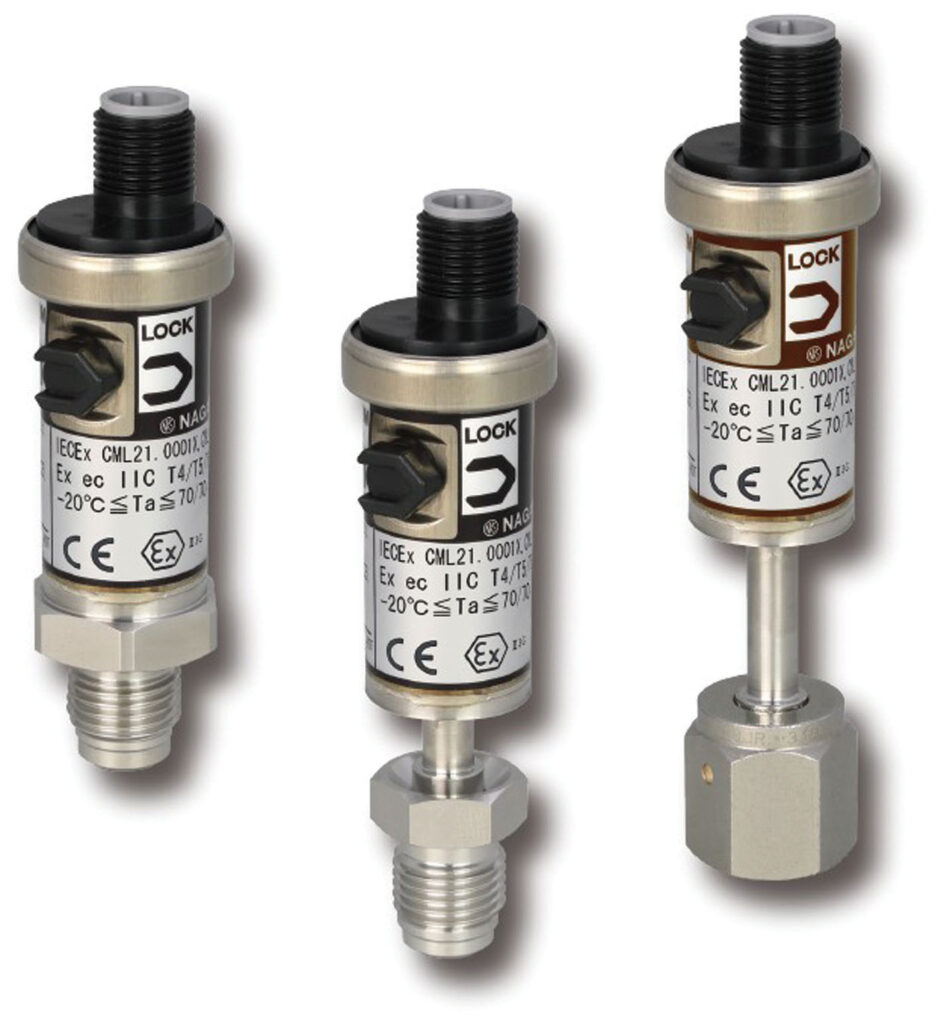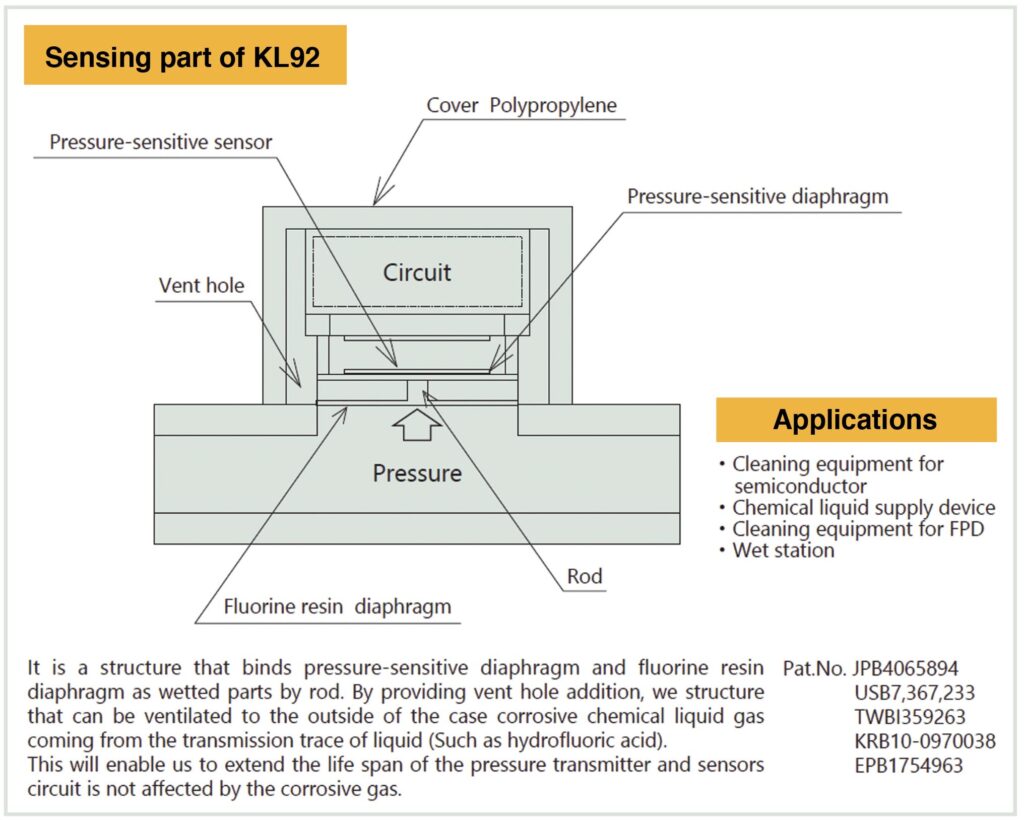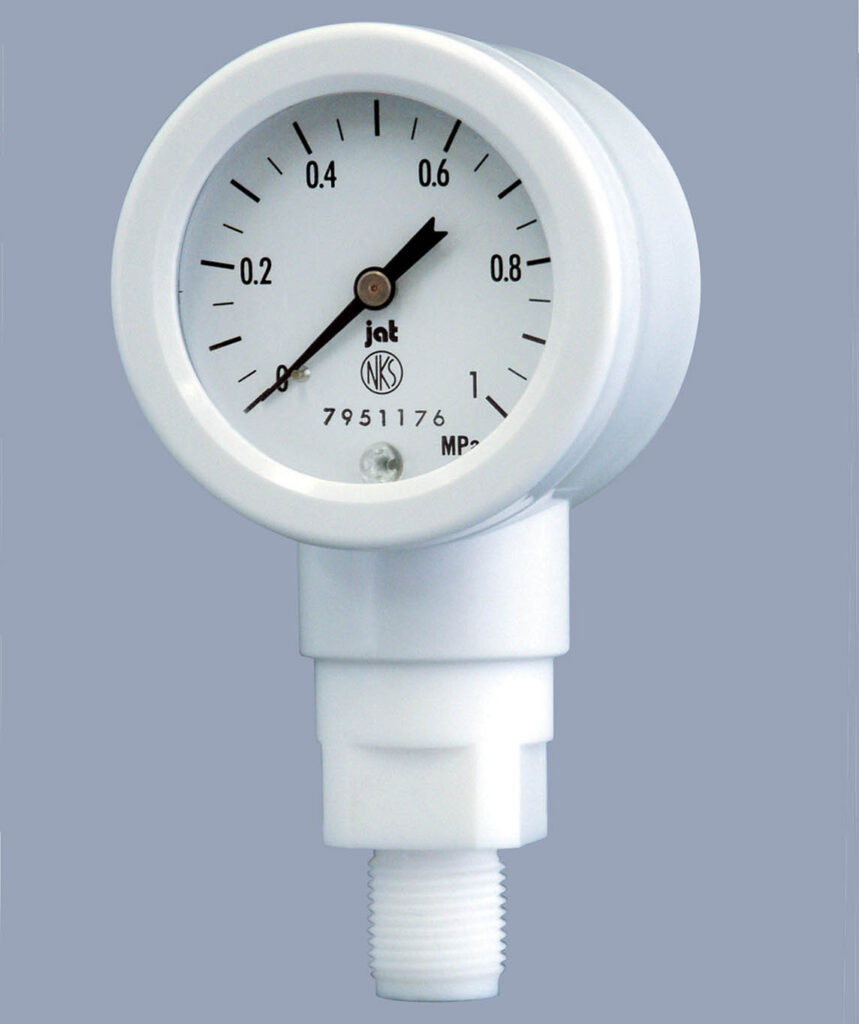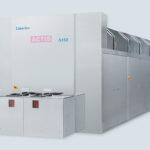ASIA ELECTRONICS INDUSTRYYOUR WINDOW TO SMART MANUFACTURING
NAGANO KEIKI’s Pressure Measurement Supports IC Industry
Established in 1896, Japan-based NAGANO KEIKI CO., LTD. has expanded its product range from pressure measurement equipment to encompass measurement control technology. The company has earned a credible reputation from users for the quality and performance of pressure gauges and pressure sensors.
The company has actively developed its strategies for the overseas markets. At present, it has a global sales network in Asia and countries in Europe, and in the United States.
In recent years, the company has stepped up efforts toward achieving a carbon-free society. It has been contributing hydrogen and ammonium to the next-generation energy industry by leveraging pressure measurement control technology.
For the semiconductor industry, NAGANO KEIKI handles pressure transmitters and pressure gauges that monitor gases, chemical solutions, exhausts, and air conditioning involved in semiconductor manufacturing processes.

Well-Known Pressure Transmitters
The ZT11 pressure transmitter is installed in various locations of the gas supply system, such as in gas cylinder cabinet and bulb manifold box, which branches a gas and sends it to use points. This equipment for measuring gases employs a semiconductor strain sensor gauge (SS sensor), which measures the increase and decrease of resistance value in accordance with applied pressure. It is adopted by leading power semiconductor manufacturers in Japan and countries in Europe, as well as by leading Taiwanese foundries with increased safety type construction of IECEx, ATEX, and TS. The company also offers ZT17, which is resistant to up to 120℃.


While pressure transmitters are used for centralized monitoring, the JB50 pressure gauge with a lead switch contact is used to visually observe measurement value on the production site. In case of emergency, the setting of alarm contact can be arbitrary changed by manually moving the setting pointer. The gauge can generate an alarm when excessive pressure is observed in the system.
The KL92 pressure transmitter for the chemical solution process features O-ring less structure, and rare occurrence of contamination and little metal elusion. Hence, it can be applied to pressure monitoring of the entire system that supplies chemical solutions in semiconductor manufacturing. The company owns a patent for the pressure receiving structure using a fluorine resin diaphragm seal. It has a vent hole to ventilate minute amounts of corrosive gases that permeate from chemical solutions, such as hydrofluoric acid, to the exterior of the case. It prevents circuits and sensor elements from being affected by corrosive gases and ensures long life of the product.


The company also offers KL91 for ultrapure water, which suppresses liquid accumulation and supports negative pressure and low pressure measurements. These pressure transmitters are used to optimize quantities of chemical solutions to be used in processes, such as wafer cleaning equipment and coater developers used in the lithography process. The company has a track record of continuously delivering these transmitters to semiconductor equipment manufacturers in Japan.
The SL 85 anti-corrosion pressure gauge employs fluorine resin for bellows, which are pressure receiving elements, and the connecting part, to increase anti-corrosion property. It also employs polypropylene (PP) for the enclosure and polyethylene terephthalate (PET) for the window to increase resistance to atmospheric corrosion.

Meets Needs for Digital Output
Meanwhile, the company recommends the GC32 digital differential pressure gauge for measuring gases exhausted at the process switchover in manufacturing systems. Equipped silicon capacitance (SC) sensor realizes high-precision, high-sensitivity, and high resolution of 0.01Pa.
Thus, it contributes to high-precision control of pressure difference between chambers and the emissions of process gases. The company has been developing digital differential pressure gauges that support input-output (I/O)-link to meet needs for digital output.



